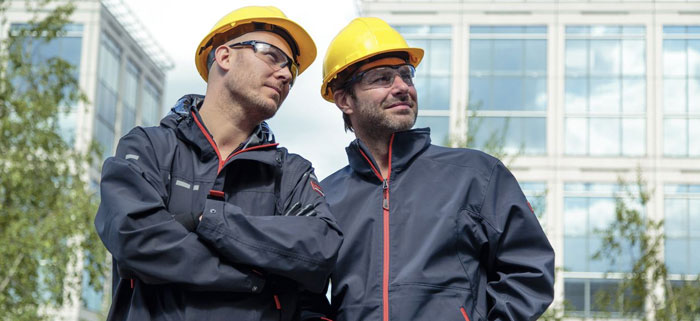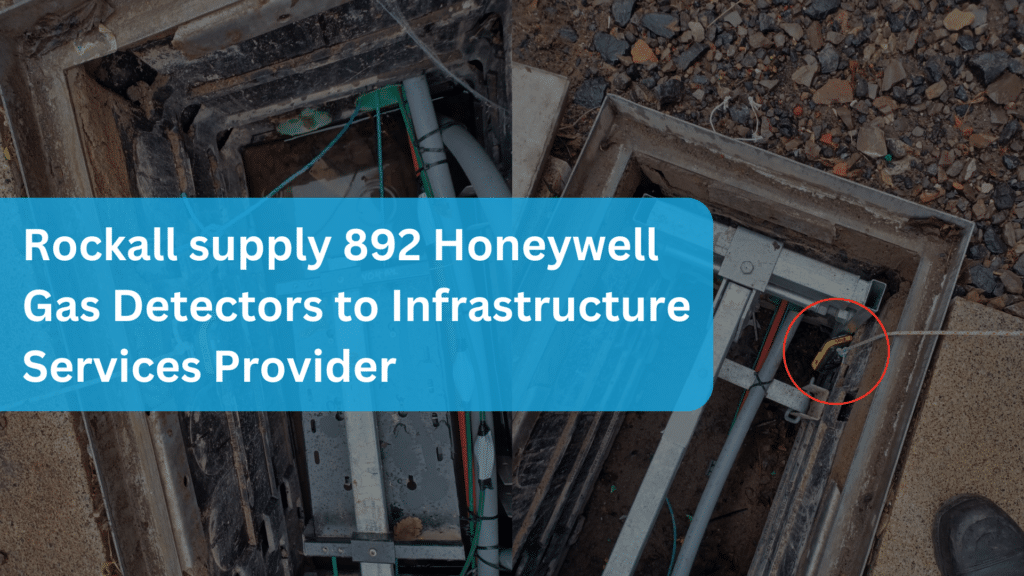Heating, ventilation, and air conditioning (HVAC) systems are vital for maintaining comfortable indoor environments. These systems regulate temperature, humidity, and air quality, ensuring that homes and workplaces remain pleasant regardless of external weather conditions.
Key Components of HVAC Systems
The main components of HVAC systems include furnaces or boilers for heating, air conditioners for cooling, thermostats for control, ductwork for air distribution, and air filters for improving air quality. Each plays a crucial role in delivering comfort.
Types of HVAC Systems
There are various types of HVAC systems to suit different needs. Split systems are common in homes, while hybrid systems combine electric and gas heating. Duct-free systems are ideal for spaces without ductwork, and packaged systems integrate all components into one unit.
Summary
Proper maintenance helps prevent hazardous gas leaks, such as carbon monoxide, methane, or refrigerants, which can pose serious health and safety risks. It also ensures optimal air quality by preventing the buildup of harmful gases like VOCs or carbon dioxide. Additionally, regular maintenance reduces the risk of combustion hazards in fuel-based systems and promotes compliance with safety regulations. Overall, well-maintained HVAC systems enhance safety, protect health, and minimise environmental and operational risks.





